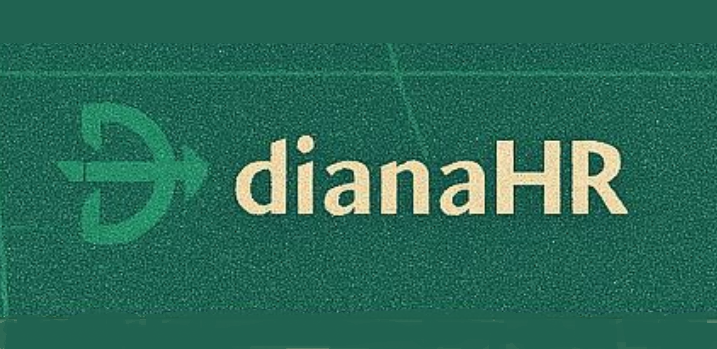Human resources and payroll outsourcing solution provider ADP has put together a checklist of steps that small business owners can take to help navigate changes stemming from the recently enacted American Taxpayer Relief Act (ATRA).
By carefully selecting an employer-sponsored tax-qualified retirement plan, business owners can get much-needed relief from tax increases they experience as a result of ATRA, with the added benefit of helping their employees prepare for retirement.
Passed late last year, ATRA created several important changes to the tax law for both income and payroll taxes in 2013. The Act effectively maintains the reduced income tax rates adopted in 2001 and 2003 for individuals earning up to $400,000 and joint filers earning less than $450,000. Income above those levels will be taxed at 39.6 percent, up from 35 percent. The expanded 15 percent bracket for joint filers, commonly referred to as marriage penalty relief, also was extended. These tax rates were extended permanently for wages paid after Dec. 31, 2012.
Meanwhile, employee Social Security tax rates jumped to 6.2 percent for 2013 wages, up to the taxable wage limit of $113,700. In 2011 and 2012, the Social Security tax rate was 4.2 percent. For more information about ATRA and the resulting tax law changes, click here to view a video featuring ADP Retirement Services’ Chris Augelli.
“Taxes are rising for all Americans, regardless of age or income bracket,” said Chris Augelli, vice president of product marketing and business development for ADP Retirement Services. “The good news is that employer-sponsored tax qualified retirement plans can provide some relief in this new financial environment.”
In 2013, workers can invest more of their pre-tax earnings in an employer-sponsored retirement plan. The maximum an individual employee can contribute to a 401(k) plan is $17,500, up $500 from last year. Individuals ages 50 and older can now contribute an additional $5,500 in “catch-up contributions” in their 401(k) accounts. This is $500 more than was allowed last year.
Similarly, individuals participating in a SIMPLE IRA plan can contribute an additional $500 to their IRAs in 2013, up to a maximum of $12,000 per year. Those who are 50 and older can make an additional $2,500 in catch-up contributions, also a $500 increase over last year’s limit.
“One of the advantages of these plans is they allow people to save for the future with pre-tax dollars,” said Augelli. “This lowers their current federal taxable income, which may enable them to pay less in federal income taxes and take more income home.”
ADP’s retirement plans are easy-to-manage and provide the resources, materials and online tools employees need to become retirement ready. ADP works with companies to provide retirement savings plans that are tailored to employers’ specific needs and align with their strategic business goals.
“ADP does not sponsor or manage its own investment funds, so we can be objective about investment options in our plans,” said Augelli. “In this regard, our clients never have to worry about a conflict of interest with regard to fund make-up, and we fully disclose our compensation we earn from the investment funds we make available. They know the information we provide to them is based solely on what is best for their business and their employees. And we’re always here to help clients understand the latest laws, regulations and best practices for ensuring a secure retirement, regardless of the economic or political climate.”
Thanks for reading CPA Practice Advisor!
Subscribe Already registered? Log In
Need more information? Read the FAQs
Tags: Benefits, Income Taxes, Payroll Taxes, Small Business



